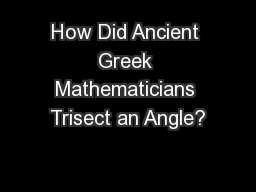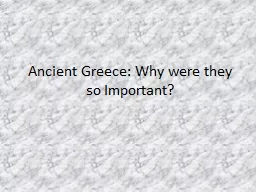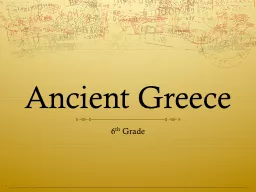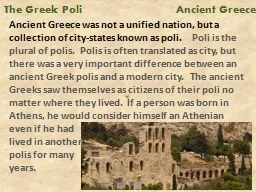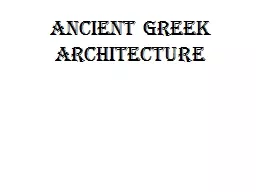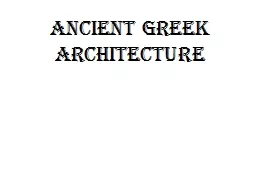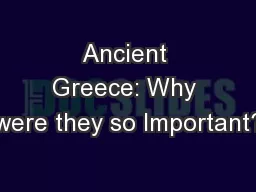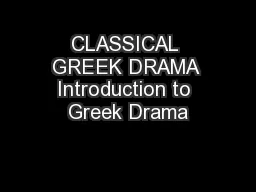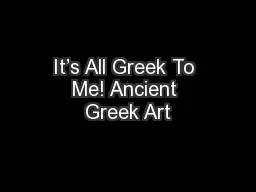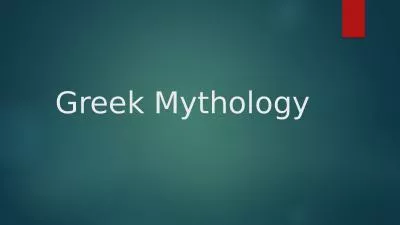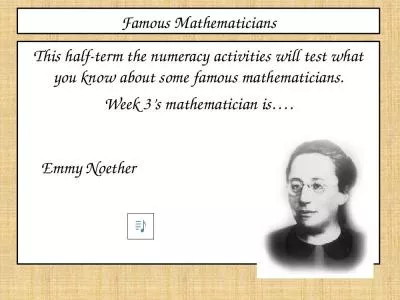PPT-How Did Ancient Greek Mathematicians Trisect an Angle?
Author : kittie-lecroy | Published Date : 2016-02-21
By Carly Orden Three Ancient Greek Construction Problems 1 Squaring of the circle 2 Doubling of the cube 3 Trisecting any given angle Today we will focus on 3
Presentation Embed Code
Download Presentation
Download Presentation The PPT/PDF document "How Did Ancient Greek Mathematicians Tri..." is the property of its rightful owner. Permission is granted to download and print the materials on this website for personal, non-commercial use only, and to display it on your personal computer provided you do not modify the materials and that you retain all copyright notices contained in the materials. By downloading content from our website, you accept the terms of this agreement.
How Did Ancient Greek Mathematicians Trisect an Angle?: Transcript
Download Rules Of Document
"How Did Ancient Greek Mathematicians Trisect an Angle?"The content belongs to its owner. You may download and print it for personal use, without modification, and keep all copyright notices. By downloading, you agree to these terms.
Related Documents

